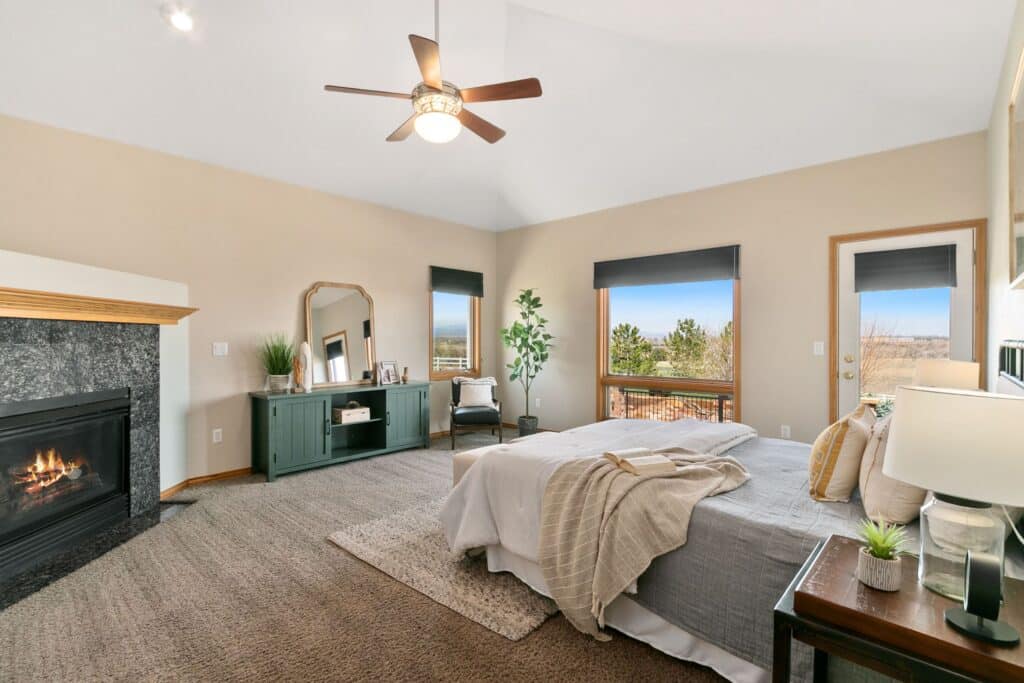When it comes to selling your house, first impressions are crucial. Real estate photos play a significant role in attracting potential buyers and generating interest in your property. To ensure your home stands out from the competition, staging is a powerful tool that can transform your space and create an inviting atmosphere. We partner with Peterson and Plum to give you the best staging around. In this article, we will explore the importance of staging your house before capturing real estate photos and how it can positively impact the selling process.
Highlight the Property's Full Potential
Staging your house allows you to present your property in the best possible light. It enables you to showcase its full potential and create a vision for potential buyers. By arranging furniture, decor, and accessories strategically, you can highlight the unique features and layout of each room.
A well-staged home helps potential buyers envision themselves living in the space, ultimately increasing their emotional connection and interest. It allows them to see the functionality and scale of each room, making it easier for them to imagine their own furniture and personal belongings in the space. By presenting a well-staged home in your real estate photos, you're showing buyers the possibilities and inspiring them to take the next steps.

Capture Professional-Quality Photos
Real estate photography is a critical component of marketing your home. High-quality photos can attract more potential buyers and set your listing apart from the competition. Staging your house helps ensure that your real estate photos are visually appealing, capturing the attention of viewers.
Staging creates a visually pleasing environment that translates well through the lens of a camera. By carefully arranging furniture, incorporating tasteful decor, and optimizing lighting, you can create a space that looks polished and inviting in photos. Professional photographers will appreciate a staged home as it provides them with a canvas to work with, resulting in stunning images that will entice potential buyers to take a closer look.
Maximize Space and Flow
Proper staging can help maximize the perceived space and flow of your home. By strategically arranging furniture and removing clutter, you can create a sense of openness and showcase the functionality of each room
Through staging, you can highlight key architectural features, such as fireplaces, built-in shelves, or bay windows, which might have been overlooked otherwise. Additionally, staging can help define specific areas, such as dining or living spaces, making it easier for potential buyers to understand the layout and envision how they would utilize the space.
Stand Out in Online Listings
In today's digital age, most buyers start their property search online. Your online listing, including the accompanying photos, is often the first interaction potential buyers have with your property. By staging your home, you significantly increase the chances of making a positive impression.
Well-staged homes have a higher likelihood of standing out in online listings, attracting more views, and generating increased interest. Potential buyers are more likely to click on a listing that features professional, inviting photos showcasing a staged home. By investing time and effort into staging, you set yourself apart from competitors and make a memorable impact on potential buyers.
Staging your house before capturing real estate photos is a crucial step in the selling process. It allows you to present your property in its best light, highlight its full potential, and create an emotional connection with potential buyers. By capturing professional-quality photos and maximizing space and flow, staging enhances the visual appeal of your home. So, take the time to stage your house before the photo shoot, and make a lasting impression that will attract buyers and expedite the selling process.
